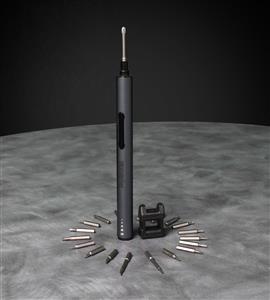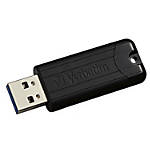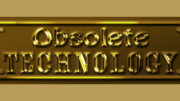Here’s the answer I thought I’d never give: Yes, in general it’s ok to use magnetized tools when repairing computers.
Now let’s talk about the backstory here, because it’s taken a long time to get to where we are now.
Computer history from 1945-2005
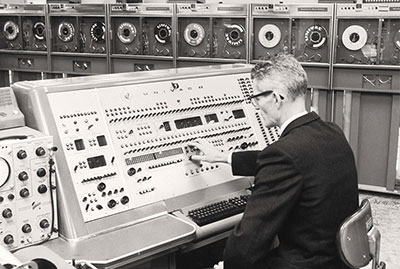
Computers came a long way in the 20th century, going from basically not existing to being literally everywhere. The first computers were giant monstrosities that lumbered along churning out calculations for large businesses and the military. They didn’t have much storage capacity. When you did store something though, chances are it was in magnetic form. The first memory cores were big grids with magnets at each intersection. Magnetic tape was used for medium-term storage of larger amounts of data. Paper cards and tape were also used.
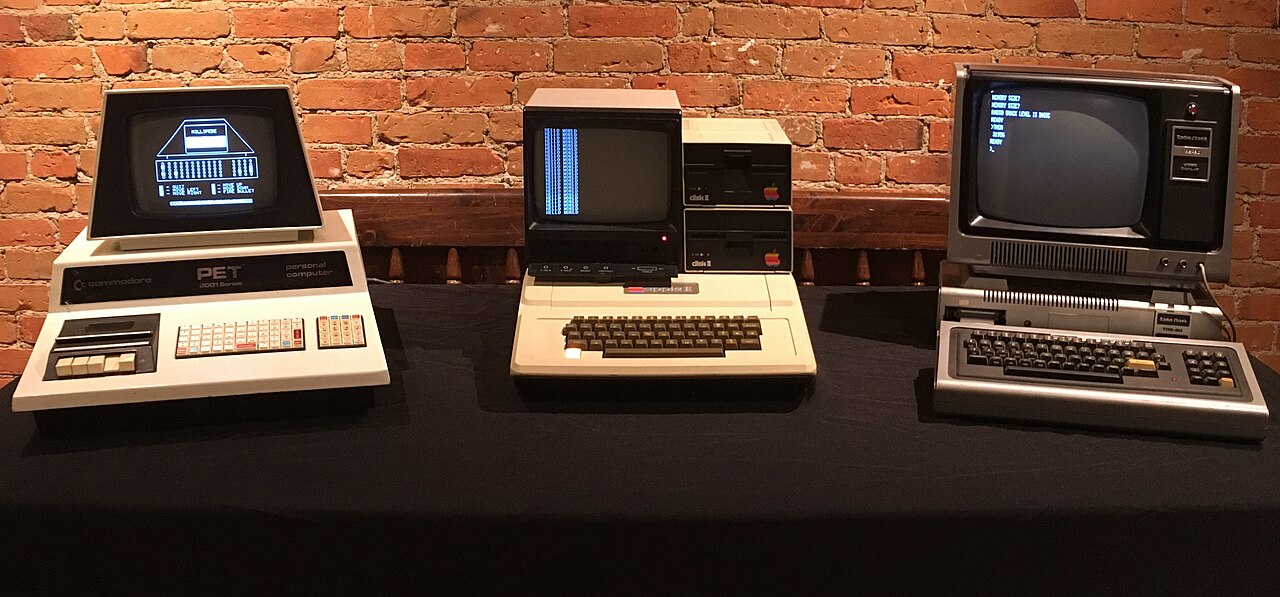
By the 1980s, computers entered our daily lives. Instead of large grey boxes, they were… smaller beige (and sometimes grey) boxes. Although they were more capable and easier to use than older computers, they were nothing like the devices we have today. One thing they had in common with older computers, though, was the use of magnetic storage. Whether it was on cassette tape, floppy disk, or primitive hard drives, practically all data was stored magnetically.
Computers got more powerful as the 21st century dawned, but they were still dependent on magnetic storage until fairly recently
Cruising into the present: 2006-2020

Magnetic storage may have seemed awesome at one point, but by the 2000s we’d started to move away from magnetic storage. The CD-ROM, pictured above, was the first consumer storage device that didn’t rely on magnets. This made it more durable and gave it a storage capacity of .65GB which was pretty awesome at the time.
The CD-ROM’s life was actually kind of short, because even its cousin the DVD-ROM could only store 7.4GB maximum. We needed more storage and we got it initially with USB flash drives like the one above. This form of storage is still around. Flash drives are a form of memory that stays permanent after an electrical charge is applied. It’s not magnetic at all.

Today’s computers almost all use solid state drives, or SSD’s. It’s pretty rare to hear the muted click of a hard drive anymore. SSDs are faster, run cooler, and can be made in many shapes. They’re in your phone, your tablet, and if your computer is less than 3 years old they are probably there too.
The SSD uses technology that’s similar to a flash drive in that it’s non-magnetic and stays once the power is off.
So about those magnetic screwdrivers…
For generations, using a magnetic screwdriver with a computer was absolutely a NO-NO! Even the tiny amount of magnetism in the screwdriver could erase floppy disks, damage hard drives, and cause you to lose valuable data. For years, instead of using magnets we recommended that people have precision tweezers to pick up little screws that would always drop when disassembling something.
However, with a modern device, there’s nothing magnetic in them. A magnetic screwdriver should be fine if you want to use one. The internet seems to be divided about whether or not you can use giant neodymium magnets on a computer. I’m not quite sure why you would do that, but whatever. The point here is that you shouldn’t be afraid of the tiny amount of magnetism in an average screwdriver. Not anymore.
If you’re looking for an excellent small screwdriver with a magnet check out our Pen-Driver. It’s the perfect tool for this kind of small job.

